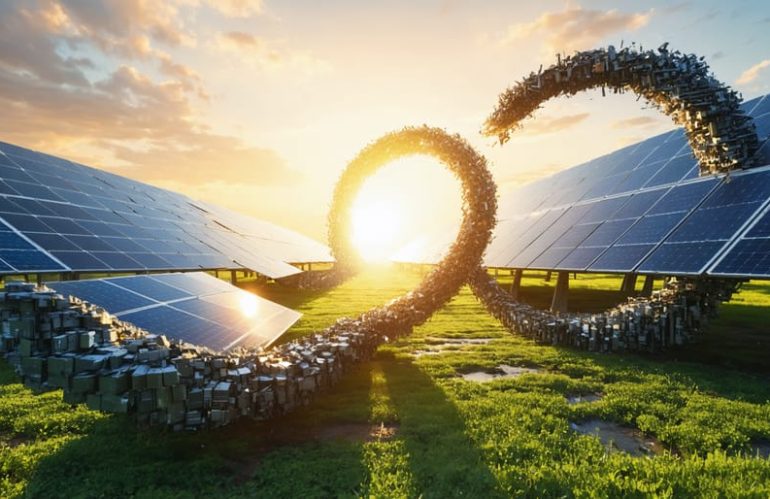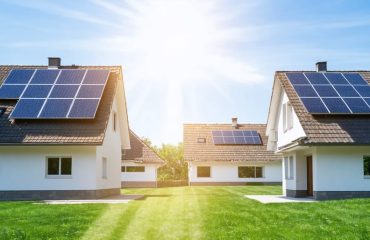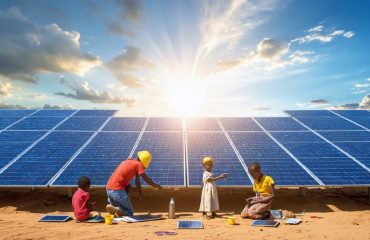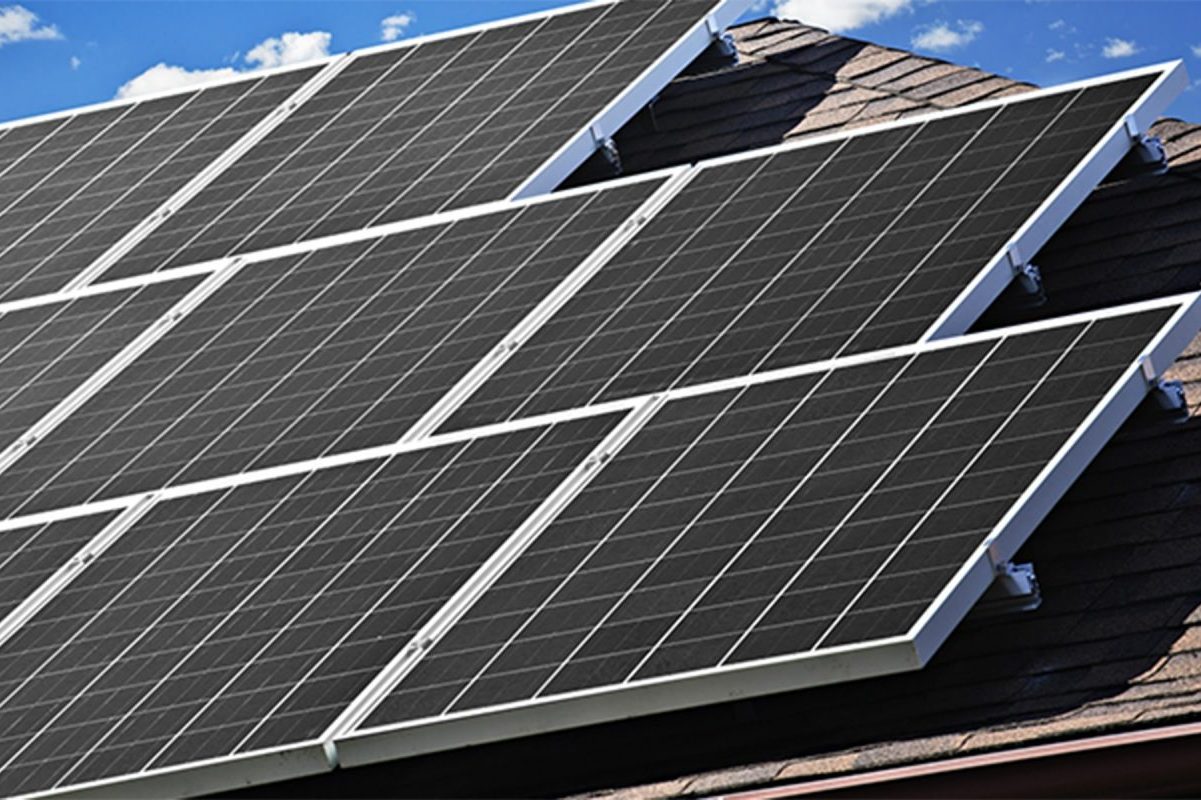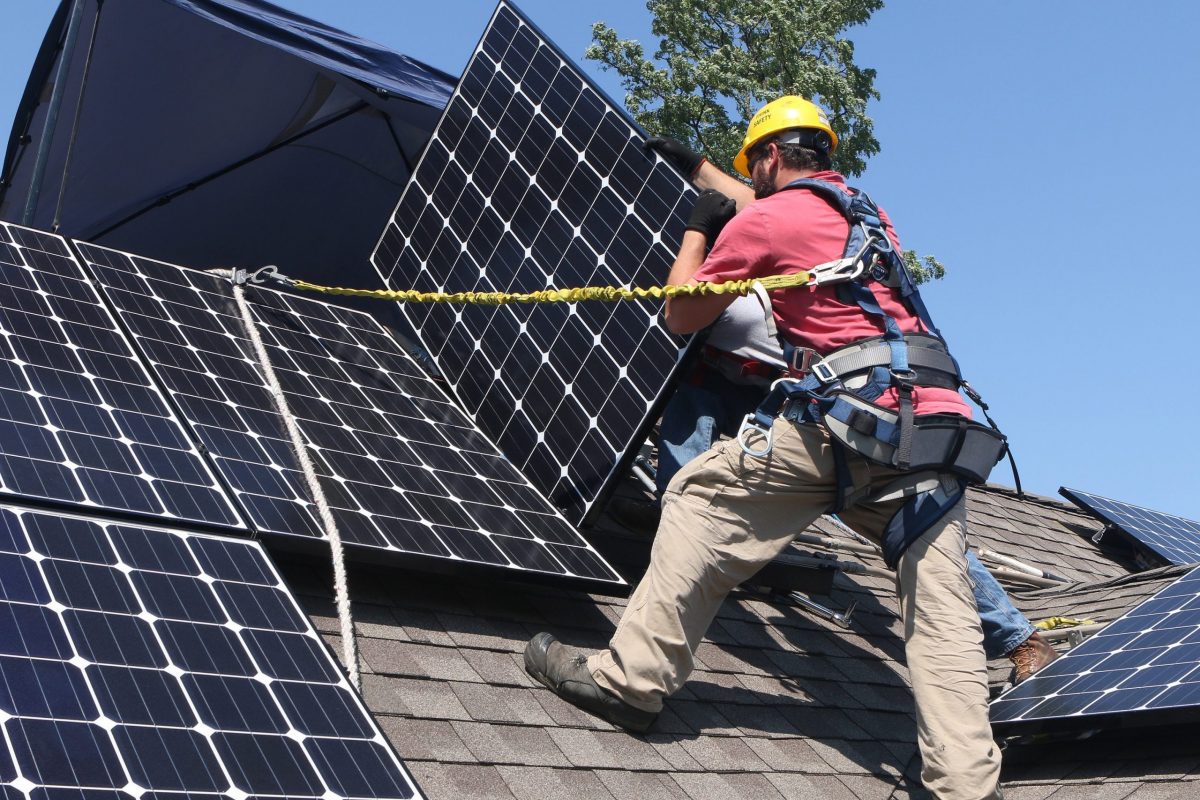The circular economy revolutionizes our traditional “take-make-waste” system into a sustainable cycle where nothing goes to waste. Unlike linear economies that deplete resources, circular systems design out waste from the start, keeping materials in continuous use through reuse, repair, and recycling. This transformative approach has gained momentum as businesses and homeowners alike recognize its potential to combat climate change while driving economic growth.
In the solar industry, circular economy principles are reshaping how we produce, use, and manage energy systems. From recyclable solar panels to battery storage solutions that can be refurbished, the solar sector demonstrates how sustainable design can create lasting value. This model not only preserves precious resources but also creates new business opportunities and jobs while reducing environmental impact.
Understanding the circular economy isn’t just about environmental responsibility—it’s about smart economics that benefit both consumers and businesses, ensuring a more resilient and sustainable future for generations to come.
What Is the Circular Economy in Solar?
Traditional vs. Circular Solar Production
Traditional solar panel production follows a linear “take-make-dispose” model, where raw materials are extracted, panels are manufactured, used for their lifespan, and then typically end up in landfills. This approach contributes to resource depletion and environmental waste, despite solar energy’s clean reputation.
In contrast, circular solar production embraces a “reduce-reuse-recycle” philosophy. As revolutionary solar panel technology advances, manufacturers are designing panels with end-of-life recycling in mind. They’re using fewer toxic materials, making components easier to separate, and establishing recycling programs to recover valuable materials like silicon, silver, and aluminum.
This circular approach not only reduces environmental impact but also makes economic sense. Recovered materials can be used to produce new panels, lowering production costs and potentially making solar energy more affordable for homeowners. Some manufacturers now offer take-back programs, ensuring their panels don’t end up in landfills and instead become part of a sustainable cycle of production and reuse.
For homeowners, choosing solar panels from manufacturers who embrace circular production means supporting sustainable practices while potentially benefiting from lower costs in the long run.
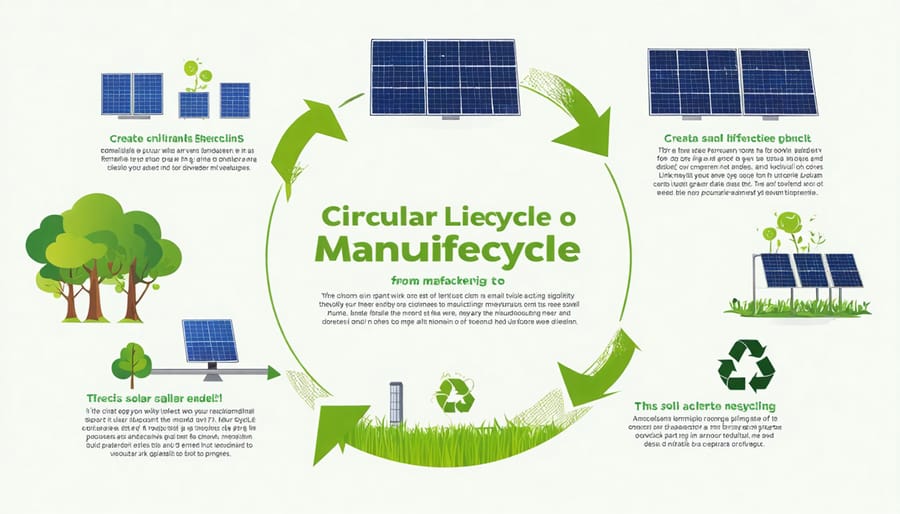
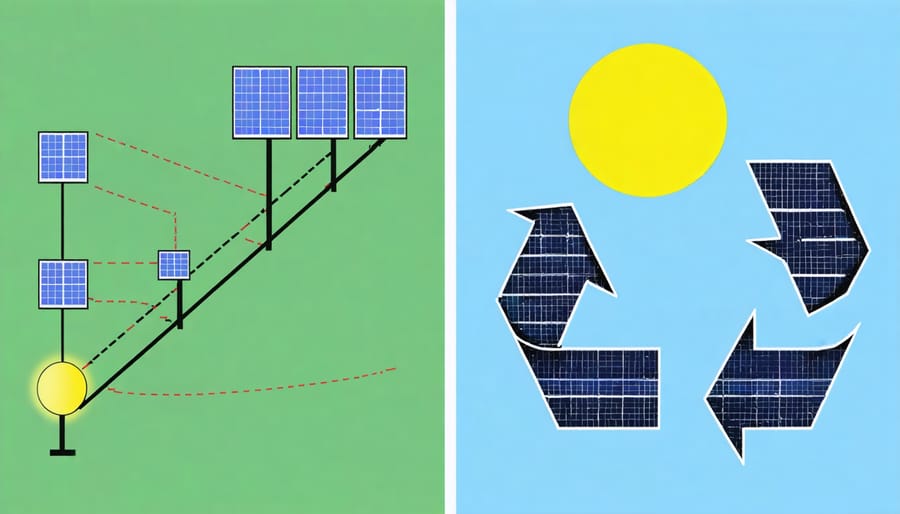
Key Components of Solar Circular Economy
The solar circular economy revolves around three key components that work together to maximize resource efficiency and minimize waste. First, recycling plays a crucial role by transforming end-of-life solar panels into valuable materials that can be used in manufacturing new panels. This process recovers precious materials like silver, silicon, and aluminum, reducing the need for raw material extraction.
Second, reuse strategies extend the life of solar equipment through refurbishment and repurposing. When solar panels still have useful life but don’t meet peak efficiency standards, they can be refurbished for secondary markets or repurposed for less demanding applications. This approach not only reduces waste but also makes solar technology more accessible to different market segments.
Finally, resource optimization focuses on designing solar products with longevity and recyclability in mind. This includes using durable materials, creating easily dismantlable components, and implementing smart monitoring systems to maximize panel performance throughout their lifecycle. Manufacturers are increasingly adopting modular designs that make repairs and updates simpler, while also facilitating eventual recycling.
These components create a continuous loop where materials and products maintain their highest value for as long as possible. For homeowners, this means more sustainable solar options, potentially lower costs through improved resource efficiency, and the satisfaction of contributing to a more environmentally responsible energy system.
Benefits for Homeowners
Lower Installation Costs
Circular economy practices significantly reduce installation costs through efficient resource management and smart material reuse. By implementing refurbishment programs and utilizing reconditioned components, homeowners can profit from solar energy while spending less on initial setup. The reuse of mounting hardware, optimized packaging solutions, and streamlined logistics cuts down transportation and material costs. Local recycling networks further reduce expenses by minimizing waste management fees and creating value from used materials. Additionally, bulk purchasing power through community solar initiatives enables better pricing for everyone involved, making sustainable energy solutions more accessible to the average homeowner. These cost reductions don’t compromise quality; instead, they maximize resource efficiency while maintaining high performance standards.
Extended Panel Life
Proper maintenance and repair practices can significantly extend the lifespan of solar panels, keeping them in the circular economy longer. Regular cleaning, timely repairs, and professional inspections help panels maintain peak performance for 25-30 years or more, compared to the standard 20-25 years. This extended lifespan means fewer panels end up in landfills, and homeowners get more value from their initial investment. By implementing preventive maintenance schedules and addressing minor issues promptly, homeowners can reduce waste while maximizing their energy savings. Better maintenance also preserves the panels’ efficiency, ensuring consistent power generation and reducing the need for premature replacements.
Enhanced Environmental Impact
A circular economy in solar energy creates multiple layers of environmental benefits beyond traditional renewable energy advantages. When solar panels are manufactured using recycled materials, it reduces the need for raw material extraction, minimizing mining impacts and habitat disruption. The recycling process itself consumes less energy than producing new materials, further reducing carbon emissions. Additionally, implementing circular principles in solar panel design makes them easier to repair and refurbish, extending their lifespan and reducing waste. This approach also promotes the development of innovative recycling technologies, creating a sustainable cycle that continuously decreases the industry’s environmental footprint while maximizing resource efficiency and encouraging responsible consumption patterns.
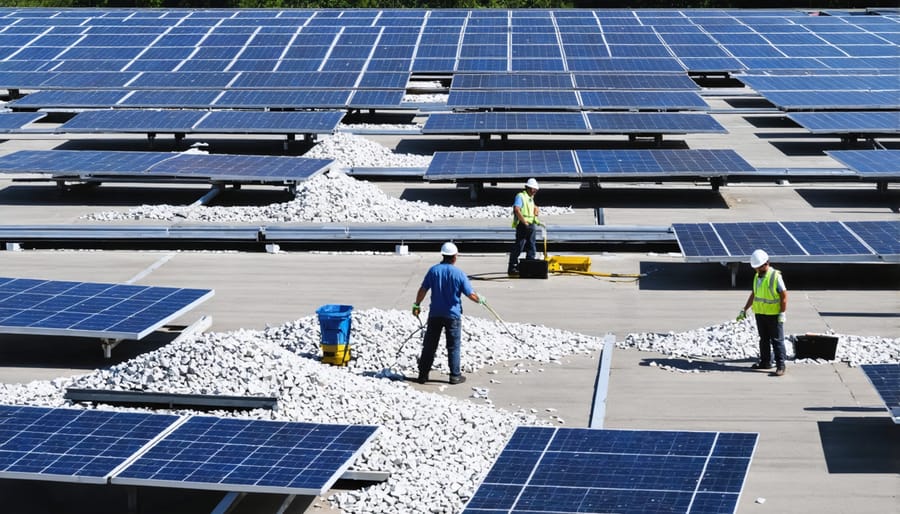
Current Circular Practices in Solar
The solar industry is leading the way in circular economy practices, with innovative solutions that benefit both homeowners and the environment. Many manufacturers now design panels with end-of-life recycling in mind, using materials that can be easily separated and reused. For example, companies like First Solar have implemented comprehensive recycling programs that recover up to 90% of materials from their panels.
Recent latest solar panel innovations focus on modular designs that allow for easy repair and component replacement, extending the life of solar installations. Some manufacturers are even incorporating recycled materials into new panel production, reducing waste and manufacturing costs.
Battery storage systems, essential components of solar installations, are also embracing circular principles. Companies now offer battery recycling programs and design products with easily replaceable parts. This approach not only reduces environmental impact but also helps homeowners save money through longer-lasting equipment.
Local solar installers are joining the movement by offering take-back programs for old panels and establishing partnerships with recycling facilities. Some even refurbish and resell used panels at discounted rates, making solar energy more accessible to budget-conscious homeowners.
Many communities have created solar equipment sharing programs, where tools and spare parts are pooled among residents. This collaborative approach reduces waste and helps maintain solar systems more efficiently. These initiatives demonstrate how circular economy principles can create practical, cost-effective solutions while promoting environmental sustainability in the solar industry.
The circular economy represents a transformative approach to sustainability that every homeowner can embrace. By understanding and implementing its principles, you can contribute to environmental preservation while enjoying significant cost savings. Start by evaluating your household’s consumption patterns and identifying areas where you can reduce waste, reuse materials, and recycle effectively.
Consider simple steps like composting kitchen waste, choosing products with minimal packaging, and repairing items instead of replacing them. When renovating or upgrading your home, opt for sustainable materials and energy-efficient appliances that are designed for longevity and recyclability. Solar panels, rainwater harvesting systems, and smart home technologies are excellent investments that align with circular economy principles.
Remember, transitioning to a circular economy isn’t just about environmental responsibility – it’s about creating a more efficient and cost-effective household. Start with small changes, educate family members about sustainable practices, and gradually expand your efforts. By embracing these principles, you’ll not only reduce your environmental impact but also create a more resilient and economically sustainable home for the future.

